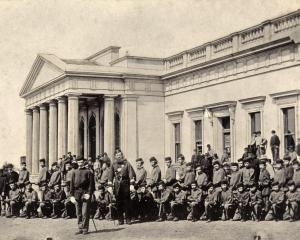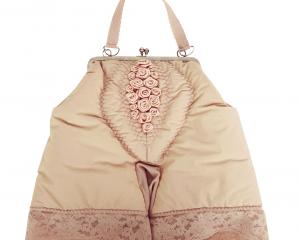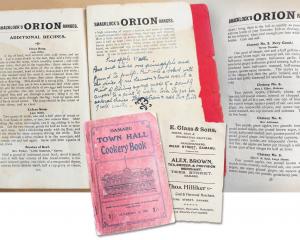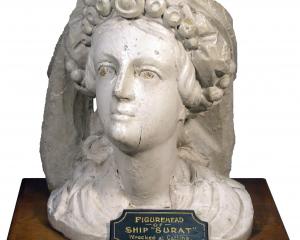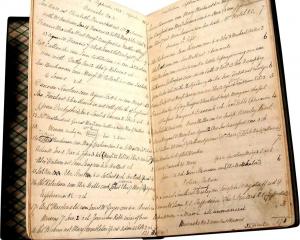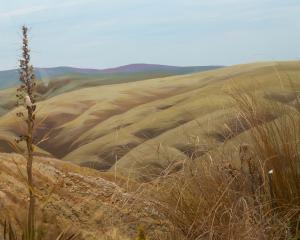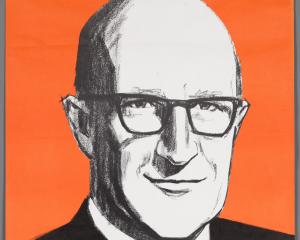Jenny Longstaff reveals the little-known history of Olveston's Patent Eagle coal range.
I had never seen a coal range until I moved to New Zealand. When I first used one, my ignorance led to exploding spuds and a soot-begrimed face. Proof indeed that skill was required.
The kitchen at Olveston Historic Home is dominated by a magnificent coal-fired range, the Patent Eagle, a handsome piece of equipment which c1904 would have been state of the art.
It was manufactured by Eagle Range and Gas Stove Co Ltd, of Regent St, London. The words ''BY ROYAL LETTER PATENT EAGLE RANGE'' are proudly embossed on the black cast iron.
The range would be a versatile asset to kitchen activities. There are nine hotplates; a spacious roasting oven on the right-hand side; and to the left, a roasting and baking oven, with temperature gauge and an interior mica frontage for viewing.
Shelves in front of the oven doors are for resting hot bakeware. Above the drying rack and hotplates is a hinged flap, the ventilating canopy, draught regulator and hot closet. Sliding damper knobs adjust air intake in various places.
The practicality is alleviated by decorative borders and attractive iron fretwork.
One can imagine the bustling servants cooking for the Theomin family's meals and dinner parties, but spare a thought for the kitchen maid who had to clean the coal range.
Using black lead would be a health hazard; later, Zebo stove polish was used, made in Dunedin by Reckitt & Colman (New Zealand) Ltd. The label says ''it produces a most Brilliant Polish, with far less labour''.
Was it Sir Ernest George, Olveston's architect, who recommended the Eagle range, assuming British was best? After all, Henry Shacklock was building his ranges in his Crawford St, Dunedin, foundry workshop.
They were designed to burn the type of coal readily available in New Zealand, unlike British and American ranges, which often did not suit that coal.
''Cool and Collected'' runs fortnightly in the Magazine section, sharing stories from the collections of Otago Museum, Toitu Otago Settlers Museum, Dunedin Public Art Gallery and Olveston.




